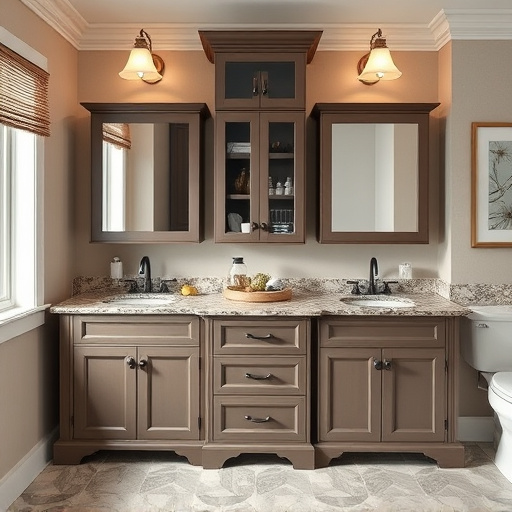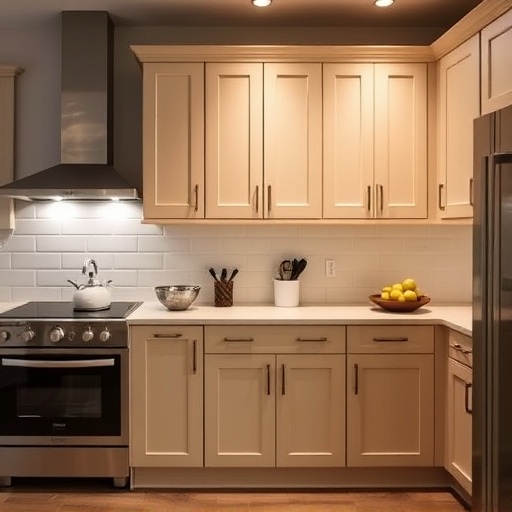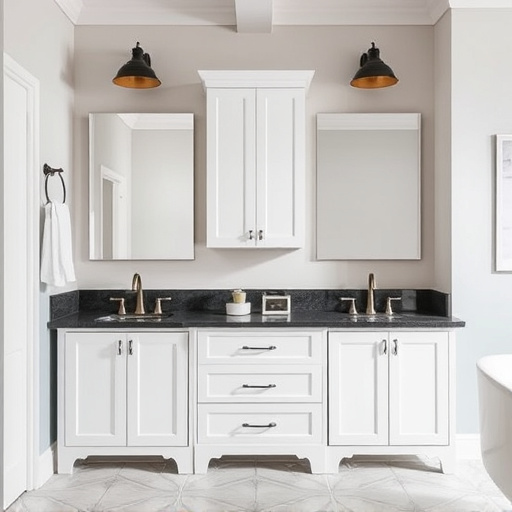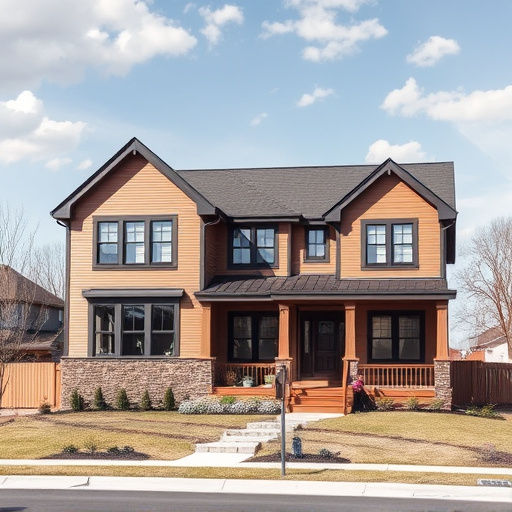Before installing hardwood flooring, accurate measurements and proper floor preparation are crucial for a seamless finish and long-lasting results. Choose suitable wood types based on room function and moisture resistance, with engineered hardwoods recommended for high-traffic areas.
“Avoid common pitfalls in your hardwood flooring installation with our expert guide. From precise measuring to meticulous floor preparation, every step matters for a durable and aesthetically pleasing finish. Discover the top mistakes to steer clear of, ensuring your project runs smoothly. Learn why selecting the right hardwood type tailored to each room is essential. Get ready to transform your space with confidence and expertise, achieving that dream flooring you desire.”
- Avoid Measuring Errors: Accurate Guages Are Key
- Neglecting Floor Preparation: Smooth Surface Crucial
- Choosing Wrong Type: Select Based on Room and Use
Avoid Measuring Errors: Accurate Guages Are Key
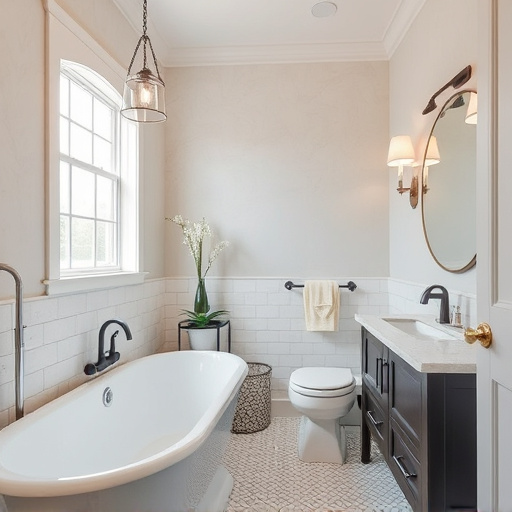
Before beginning any hardwood flooring installation project, it’s crucial to invest time in accurate measurements. This is a critical step often overlooked but can lead to significant errors and costly floor replacements later. Taking the time to measure each room precisely ensures your new floors will fit perfectly, aligning with walls and doors without unnecessary gaps or overhangs.
Inaccurate measurements can result in flooring that doesn’t cover the entire space evenly, creating a patchwork look. Moreover, it may lead to wastage during installation, which can impact your budget, especially if you’re considering exterior painting or renovation services as part of your home’s transformation. Therefore, professionals recommend using proper measuring tools and taking multiple readings to guarantee exact floor coverage for a seamless and stunning hardwood flooring finish.
Neglecting Floor Preparation: Smooth Surface Crucial
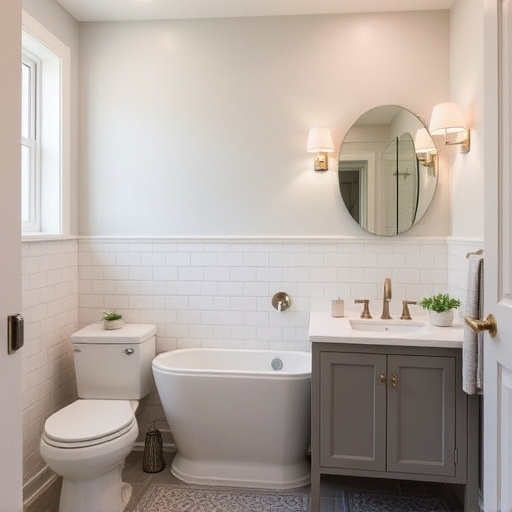
Before installing hardwood flooring, adequate preparation is key to achieving a long-lasting and aesthetically pleasing result. Many homeowners make the mistake of overlooking this crucial step, which can lead to future issues. A smooth surface is essential for the successful installation of any type of flooring, including hardwood. Uneven or rough floors can cause your new hardwood to cup, crack, or bow, resulting in an uneven finish.
Proper floor preparation involves smoothing out any imperfections and ensuring a level subfloor. This process may include removing old flooring, repairing damage, and levelling the subfloor using techniques like sanding, filling gaps, and applying a leveler. Skipping these preparatory steps can lead to costly repairs later on, so it’s best to invest time and effort into making your floor ready for hardwood flooring installation, ultimately enhancing the quality of your home improvement services or renovation services and ensuring the longevity of your new interior painting project.
Choosing Wrong Type: Select Based on Room and Use

When planning a hardwood flooring installation, one of the most common mistakes homeowners make is selecting the wrong type of floor based on aesthetic preferences alone. While beauty is important, the choice should primarily be guided by room purpose and use patterns. For instance, high-traffic areas like kitchens or hallways require durable, dense woods that can withstand constant foot traffic. On the other hand, bedrooms or living rooms might suit softer, lighter woods that offer a warmer ambiance.
Consider the functional aspects of each room when making your selection. In home transformations and kitchen remodel projects, for example, choose flooring that can handle moisture and potential spills. Engineered hardwoods are often recommended for such areas as they have a top layer of solid wood with a core made of multiple layers of veneers, making them more stable and less prone to warping. This ensures your home improvement services last longer and maintain their beauty across various rooms in your home.
When installing hardwood flooring, avoid common pitfalls by accurately measuring spaces, properly preparing surfaces, and selecting the right type of flooring for each room’s unique needs. These simple steps ensure a durable, aesthetically pleasing result that enhances any home or business. Remember, the right preparation and material choices are key to achieving a stunning, long-lasting hardwood floor.










